Cat lovers especially love Persian tortie cats, who combine the elegant nature of the Persian breed with the distinctive pattern of their tortoiseshell coat. These cats are distinguished by their striking looks and endearing personalities. They are well-known for their long, luxuriant hair and characteristically patterned coats. The Persian tortie cat is a well-liked option for families and feline enthusiasts due to its beauty as well as its serene and loving disposition.
This article aims to provide a comprehensive guide to understanding and caring for Persian tortie cats. Whether you’re considering adopting one of these enchanting felines or simply want to learn more about them, you’ll find valuable insights here. From their physical characteristics and grooming needs to their temperament and health care, we’ll cover everything you need to know to appreciate and properly care for a Persian tortie cat.
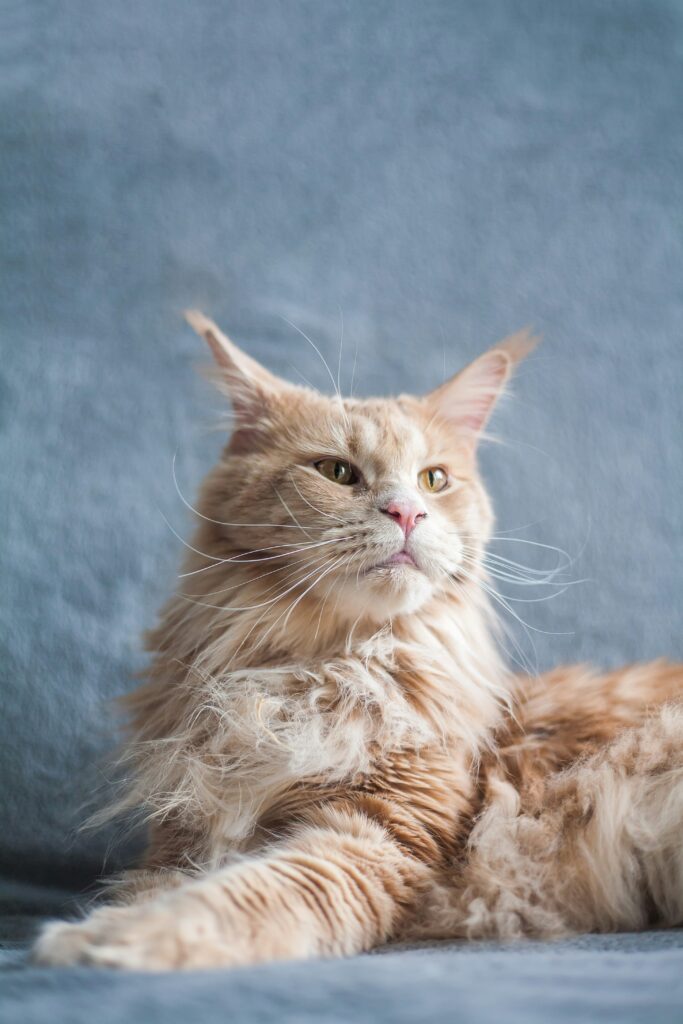
Understanding Persian Tortie Cats
Persian Cat Breed
The Persian cat, one of the most popular and ancient cat breeds, is characterized by its small nose, round face, and long, flowing coat. These cats are peaceful, amiable, and wonderful companions. They are native to Persia, which is modern-day Iran. Persian cats come in an array of hues and patterns that add to their sumptuous and magnificent appearance. Regular grooming is necessary to keep their large, expressive eyes and thick, opulent fur looking well. Despite their regal appearance, Persians are known for their loving, carefree attitudes and their appreciation of peaceful time.
Specific Characteristics of Persian Tortie Cats
Persian tortie cats combine the best of both worlds: the luxurious fur and sweet temperament of the Persian breed with the unique, colorful coat pattern of tortoiseshell cats. These cats typically have the same flat face, rounded head, and large, expressive eyes characteristic of Persians, coupled with the striking multi-colored coat of a tortie. The tortoiseshell pattern can appear in various shades, with a mix of black, red, and cream creating a tapestry-like effect on their fur.
The personality of Persian tortie cats tends to reflect the calm and affectionate nature of Persians, though individual temperaments can vary. They are generally friendly, enjoy human companionship, and are known for being relatively low-energy, preferring lounging and gentle play over more vigorous activities. The unique appearance and endearing personality of Persian tortie cats make them a delightful addition to any household, capturing the hearts of cat lovers with their beauty and charm.
History and Origin
The Persian cat breed traces its origins back to Persia (modern-day Iran) and was introduced to Europe in the 1600s. These cats quickly gained popularity for their long, luxurious coats and distinctive, flat-faced appearance. By the late 19th century, Persian cats had become a fixture in cat shows and were highly prized as pets for their calm and affectionate nature.
The tortoiseshell pattern, characterized by a mix of black, red, and sometimes cream colors, is a result of specific genetic traits. This pattern was introduced into the Persian breed through selective breeding practices, aiming to combine the beautiful coat patterns of tortoiseshell cats with the Persian’s elegant appearance and gentle temperament.
Over time, breeders selectively mated Persian cats with tortoiseshell-patterned cats to achieve the unique Persian tortie. These efforts focused on maintaining the Persian’s hallmark traits—such as its luxurious coat and flat face—while introducing the vibrant, mottled coloring of the tortoiseshell pattern. Today, Persian tortie cats are celebrated for their distinctive looks and the charming blend of traits from both Persian and tortoiseshell ancestors.
Physical Characteristics of Persian Tortie Cats
Detailed Description of the Tortoiseshell Coat Pattern
Persian tortie cats boast a striking and intricate coat pattern known as tortoiseshell, or “tortie.” This pattern is characterized by a vibrant, mottled mix of colors, typically including black, red, and orange. Some torties may also feature patches of cream or gold, adding to the visual complexity and uniqueness of their coats. The distribution of these colors is often random, creating a tapestry-like effect where no two tortie coats are exactly alike.
Common Colors and Patterns
The tortoiseshell pattern in Persian tortie cats can exhibit a variety of color combinations:
- Black and Red: The most common tortie pattern, with a mix of deep black and rich red patches.
- Blue-Cream: A diluted version, featuring blue (a soft grey) and cream patches.
- Chocolate and Red: A rarer combination, with chocolate brown and red patches.
- Lilac-Cream: Another rare pattern, with lilac (a light, warm grey) and cream patches.
Unique Markings and Variations
In addition to the primary colors, Persian tortie cats can display unique markings and variations, such as:
- Piebald or Particolor: Torties with large white patches interspersed with their colored patches.
- Brindling: A fine intermingling of different colors across the coat, giving a more blended appearance.
- Split Face: A distinct marking where the cat’s face is divided into two different colors, often symmetrically.
Distinctive Features of Persian Cats
Persian tortie cats inherit several distinctive features from their Persian lineage, contributing to their overall allure and charm.
Flat Face
One of Persian cats’ most distinguishing features is their flat face, commonly known as a brachycephalic profile. This flat-faced feature is enhanced by a short, broad nose, giving them a distinct and attractive appearance.
Round Eyes
Persian tortie cats have large, round, and expressive eyes, often in shades of copper, blue, or green. Their eyes add to their sweet and endearing expression, making them even more captivating.
Fluffy Coat
The luxuriant, long fur of Persian tortie cats is one of their most distinguishing features. This thick, fluffy coat needs to be groomed on a frequent basis to keep it looking good and prevent matting. The mix of the Persian’s long fur and the tortie pattern produces a remarkable visual impact that is both soft and bright.
Comparison Between Persian Tortie Cats and Other Tortoiseshell Breeds
While tortoiseshell patterns can appear in many breeds, Persian tortie cats stand out due to their distinctive Persian features. Compared to other tortoiseshell breeds:
- Coat Length: Persian tortie cats have a much longer and denser coat, requiring more grooming than short-haired tortoiseshell breeds.
- Facial Structure: The flat face and round eyes of Persian tortie cats are unique to the Persian breed, giving them a distinctive appearance not seen in other tortoiseshell breeds.
- Temperament: Persian tortie cats typically have a calmer and more laid-back demeanor compared to the often more active and playful nature of other tortoiseshell breeds.
Personality and Temperament of Persian Tortie Cats
Typical Behavior and Temperament of Persian Cats
Persian cats are recognized for being calm, kind, and affectionate. They enjoy relaxing in comfortable places and are often low-energy, preferring a peaceful setting. Persians are also recognized for their loyalty, and they build close ties with their human companions.
Unique Traits Observed in Persian Tortie Cats
Persian tortie cats share the calm and affectionate demeanor of typical Persians but may exhibit a bit more spirited behavior due to their tortoiseshell heritage. This can include occasional bursts of playful energy and a slightly more independent streak, making them a delightful blend of tranquility and liveliness.
Socialization and Interaction with People and Other Pets
Persian tortie cats are highly social and thrive on human interaction. They enjoy being around their owners and can be quite affectionate, often seeking out laps and gentle petting. They generally get along well with other pets, provided proper introductions are made, and they are given time to adjust.
Suitability as a Family Pet
Due to their gentle and loving nature, Persian tortie cats make excellent family pets. They are patient with children and can adapt well to a variety of household environments. Their calm demeanor makes them suitable for both active and quieter households, provided their grooming needs are met and they receive ample attention.
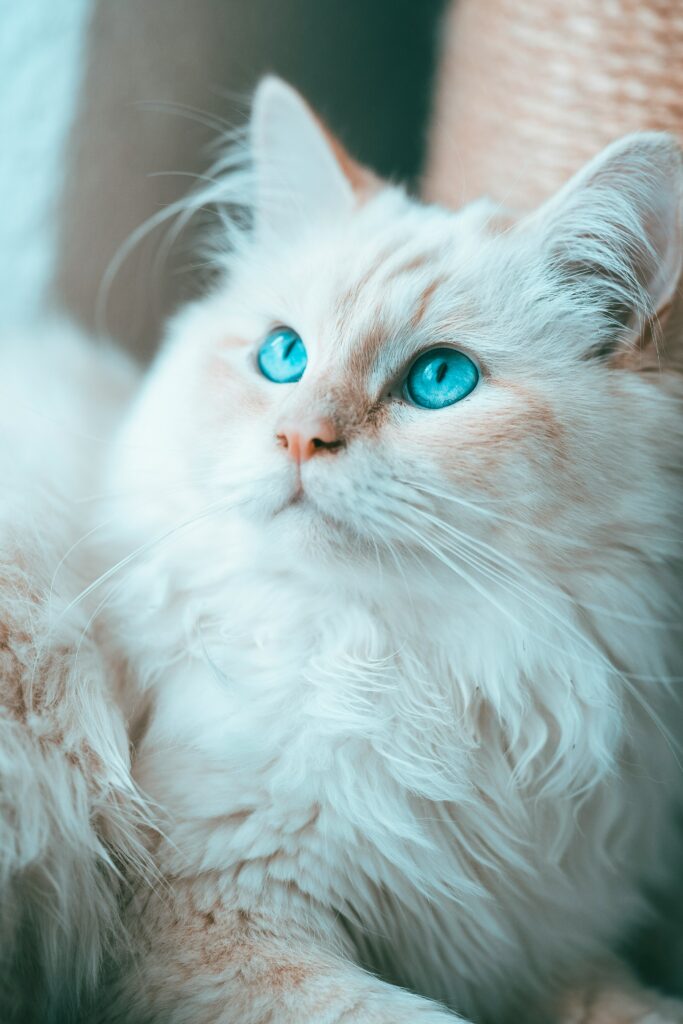
Health and Lifespan of Persian Tortie Cats
Common Health Issues in Persian Cats
Persian cats are prone to a variety of health problems due to their distinct physical traits. Common concerns are:
- Breathing Problems: Due to their flat faces (brachycephalic profile), Persians can suffer from respiratory issues.
- Dental Issues: Their short jaws can lead to dental overcrowding and related problems.
- Eye Conditions: They are susceptible to tear duct issues and eye infections.
- Polycystic Kidney Disease (PKD): A genetic disorder common in Persians.
Health Concerns Specific to Tortoiseshell Cats
Tortoiseshell cats, including Persian torties, do not have specific health issues linked directly to their coat pattern. However, as females are predominantly tortoiseshell, they may face reproductive health issues, which should be monitored.
Tips for Maintaining Health and Longevity
To ensure a long and healthy life for your Persian tortie cat, consider the following tips:
- Regular Vet Check-Ups: Schedule frequent veterinary visits to catch and address health issues early.
- Vaccinations: Keep your cat’s vaccinations up to date to prevent common feline diseases.
- Healthy Diet: Provide a balanced diet to maintain optimal health and weight.
- Grooming: Regular grooming to keep their coat in good condition and to prevent matting.
Diet and Nutrition for Persian Tortie Cats
Nutritional Needs of Persian Tortie Cats
Persian tortie cats have specific nutritional requirements to support their health and well-being. Their diet should provide essential nutrients, proteins, fats, vitamins, and minerals to maintain their coat’s health, support digestion, and promote overall vitality.
Recommended Diet and Feeding Schedule
- High-Quality Cat Food: Choose a high-quality cat food formulated for adult cats. Look for brands that offer balanced nutrition with meat as the primary ingredient.
- Protein: Persian tortie cats benefit from a diet rich in high-quality proteins, such as chicken, turkey, or fish.
- Moisture Content: Wet cat food or a combination of wet and dry food can help maintain hydration and support urinary tract health.
- Feeding Schedule: Feed your cat two to three times a day, following the recommended portion sizes based on their age, weight, and activity level.
Foods to Avoid
- Human Foods: Avoid feeding your Persian tortie cat human foods, especially those high in fats, sugars, or spices, as they can upset their digestive system.
- Raw Meat and Bones: Raw meat and bones can pose a risk of bacterial contamination and intestinal blockages, so it’s best to avoid them.
- Toxic Foods: Keep your cat away from foods that are toxic to cats, such as chocolate, onions, garlic, and grapes.
Supplements and Special Dietary Considerations
- Omega-3 Fatty Acids: Consider adding omega-3 fatty acid supplements to promote healthy skin and coat.
- Hairball Control: Some cats benefit from hairball control formulas or supplements to prevent hairball formation.
- Digestive Health: Probiotics or digestive supplements can support gut health and aid digestion, especially for cats prone to digestive issues.
Training and Socialization for Persian Tortie Cats
Basic Training Tips for Persian Tortie Cats
- Positive Reinforcement: Use treats, praise, and affection to reward desired behaviors, such as using a scratching post instead of furniture.
- Consistency: Be consistent in your training approach and commands to avoid confusion.
- Patience: Persian tortie cats may be more independent, so be patient and give them time to learn.
Litter Training and Behavioral Training
- Litter Training: Start litter training early by placing the litter box in a quiet, accessible location. Use a litter type your cat prefers and keep the box clean.
- Behavioral Training: Address any unwanted behaviors, such as scratching or aggression, with gentle redirection and positive reinforcement.
Socialization Techniques for a Well-Adjusted Cat
- Early Socialization: Expose your Persian tortie cat to different people, pets, and environments from a young age to help them become comfortable and confident.
- Positive Experiences: Create positive experiences during socialization, such as playtime, treats, and gentle handling.
- Gradual Introductions: Introduce new pets or family members gradually, using scent swapping and supervised interactions to prevent stress or conflicts.
Interactive Play and Mental Stimulation
- Interactive Toys: Provide interactive toys, such as puzzle feeders or feather wands, to keep your cat mentally stimulated and engaged.
- Playtime: Schedule regular play sessions to satisfy your cat’s need for exercise and mental stimulation. Rotate toys to keep playtime exciting.
- Enriched Environment: Create an enriched environment with climbing structures, scratching posts, and hiding spots to encourage natural behaviors and mental stimulation.
Conclusion
In conclusion, Persian tortie cats are truly enchanting companions that combine the elegance of the Persian breed with the captivating tortoiseshell coat pattern. Their gentle demeanor, affectionate nature, and striking appearance make them a wonderful addition to any household.
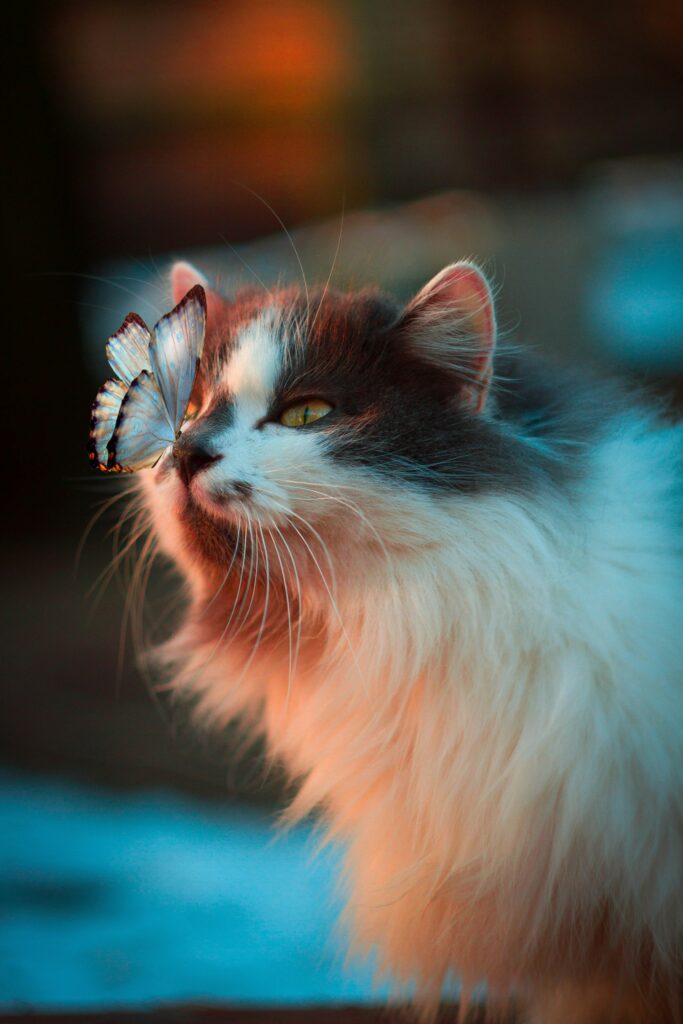
If you’re considering adopting a cat, we encourage you to explore the possibility of bringing a Persian tortie into your life. Their calm temperament, loyalty, and unique personality traits make them delightful companions for families, singles, and cat enthusiasts alike.
By providing proper care, grooming, training, and socialization, you can enjoy a fulfilling and rewarding relationship with your Persian tortie cat. Their beauty, charm, and loving nature are sure to bring joy and companionship for many years to come. Consider opening your heart and home to a Persian tortie cat—you won’t be disappointed!
Read More:

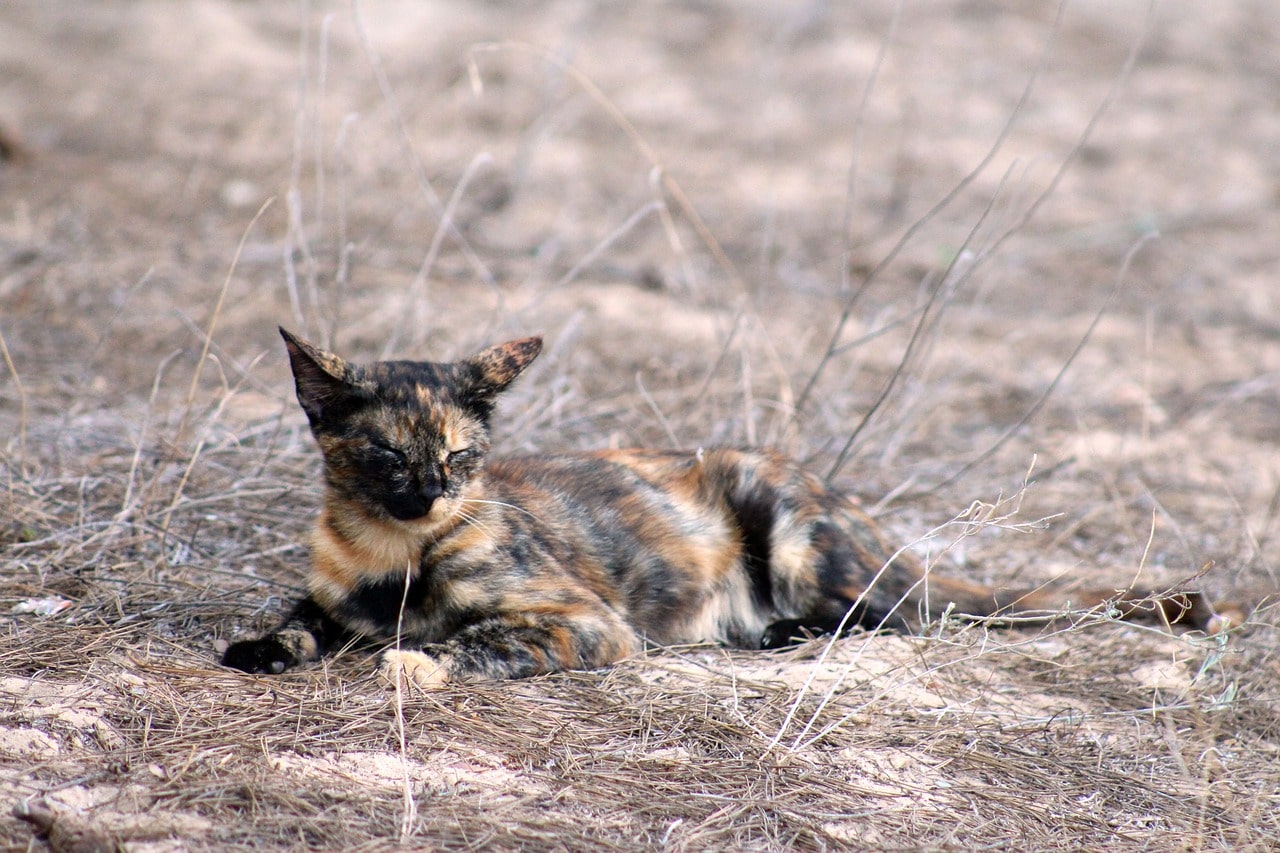
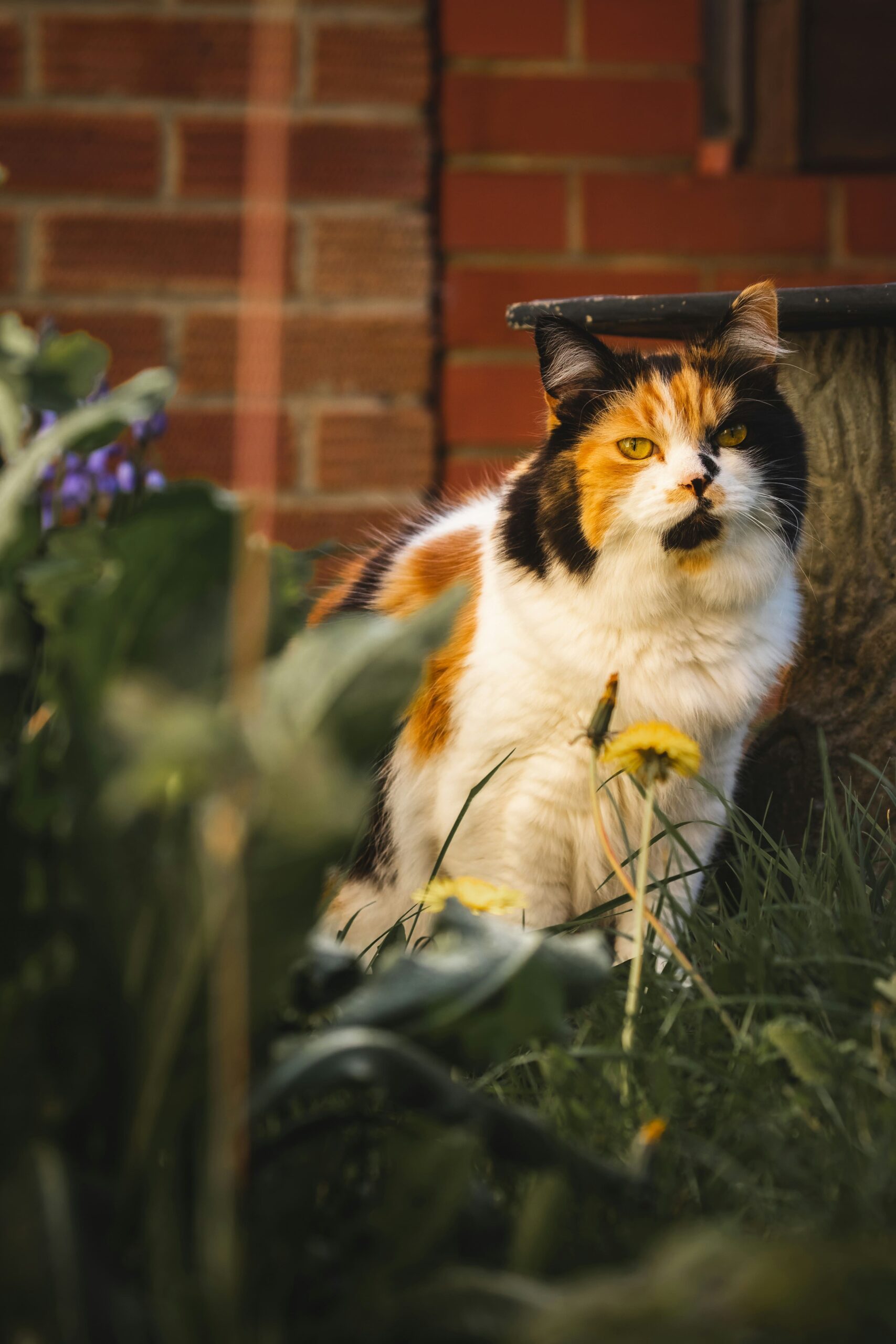
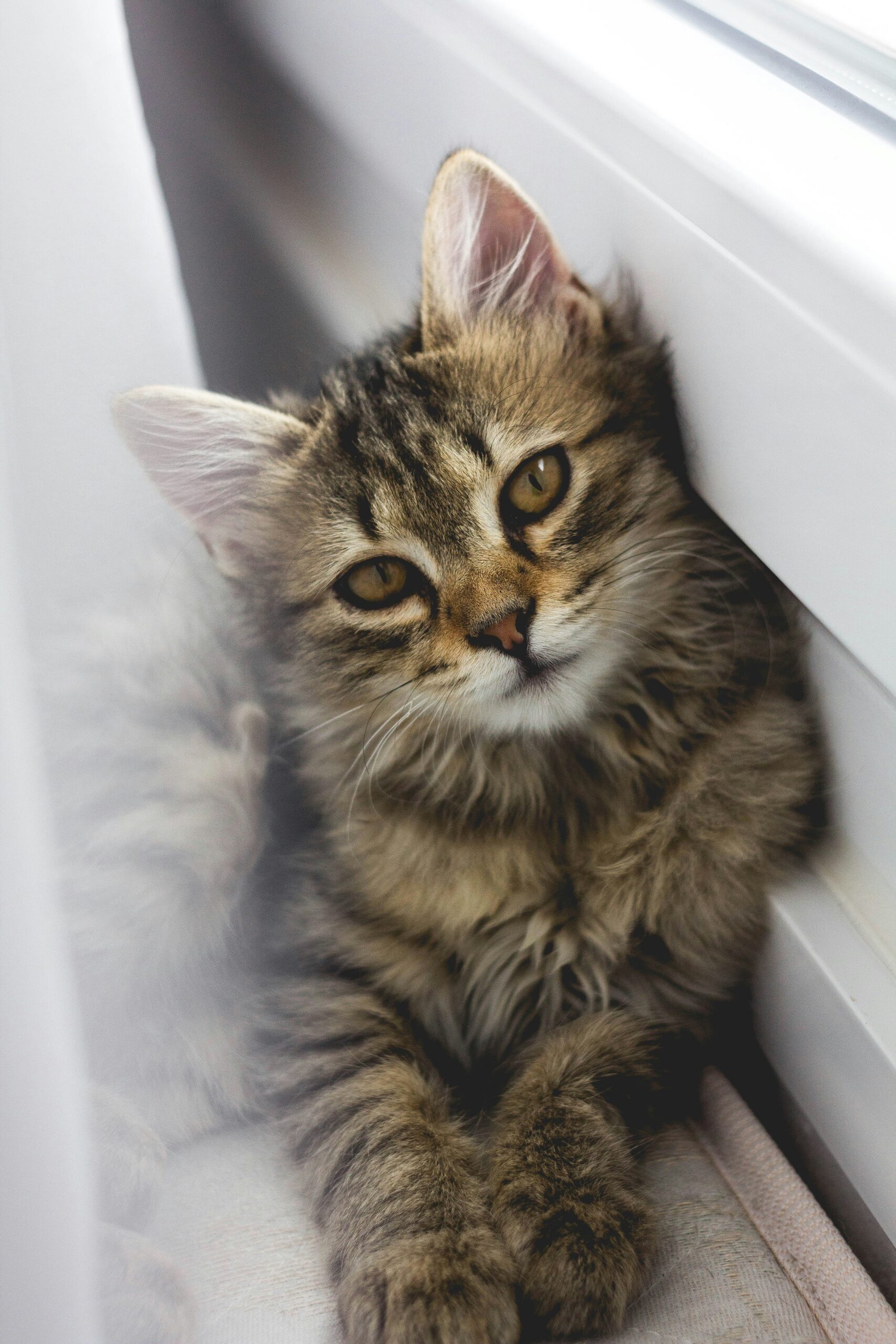
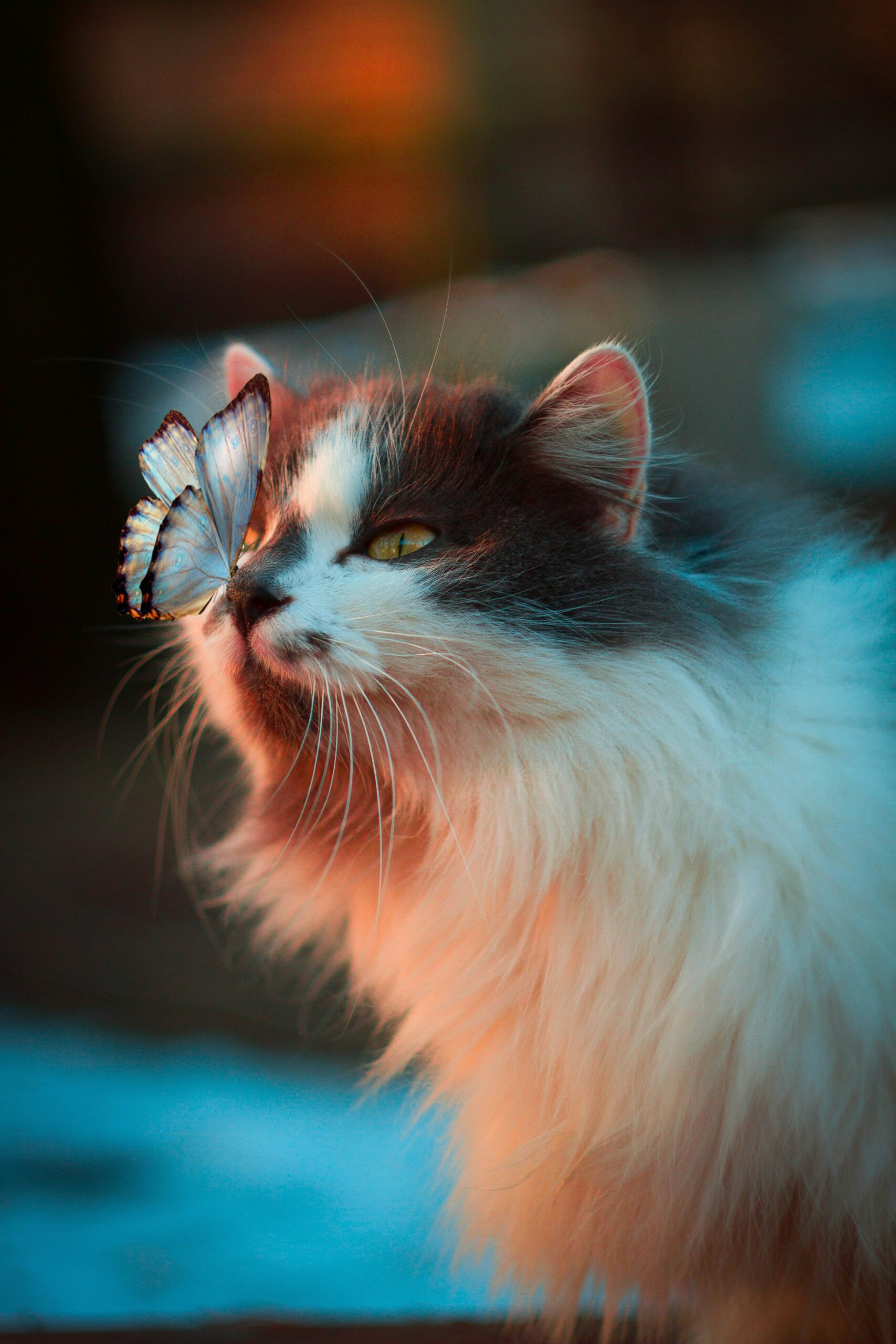


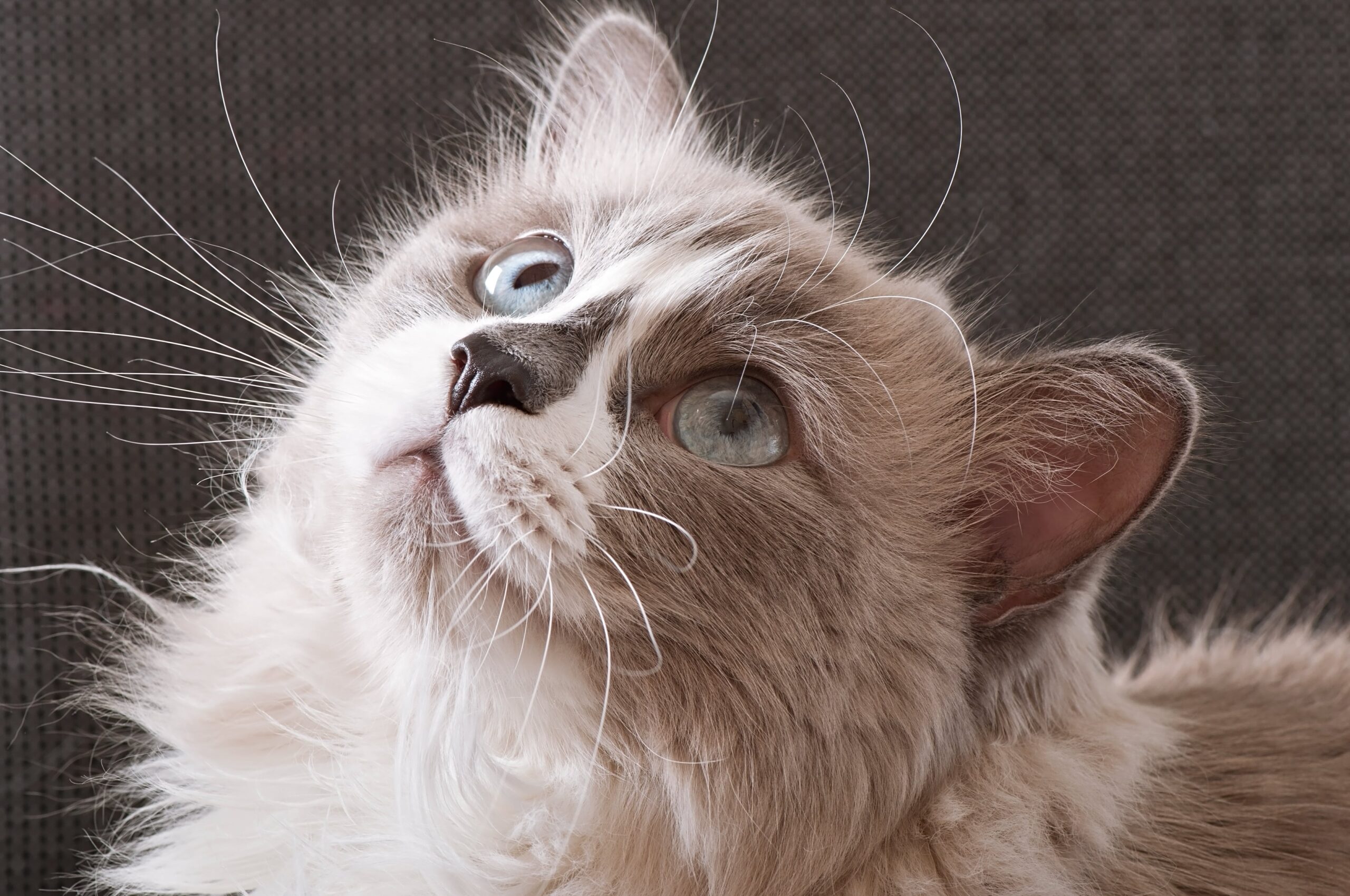
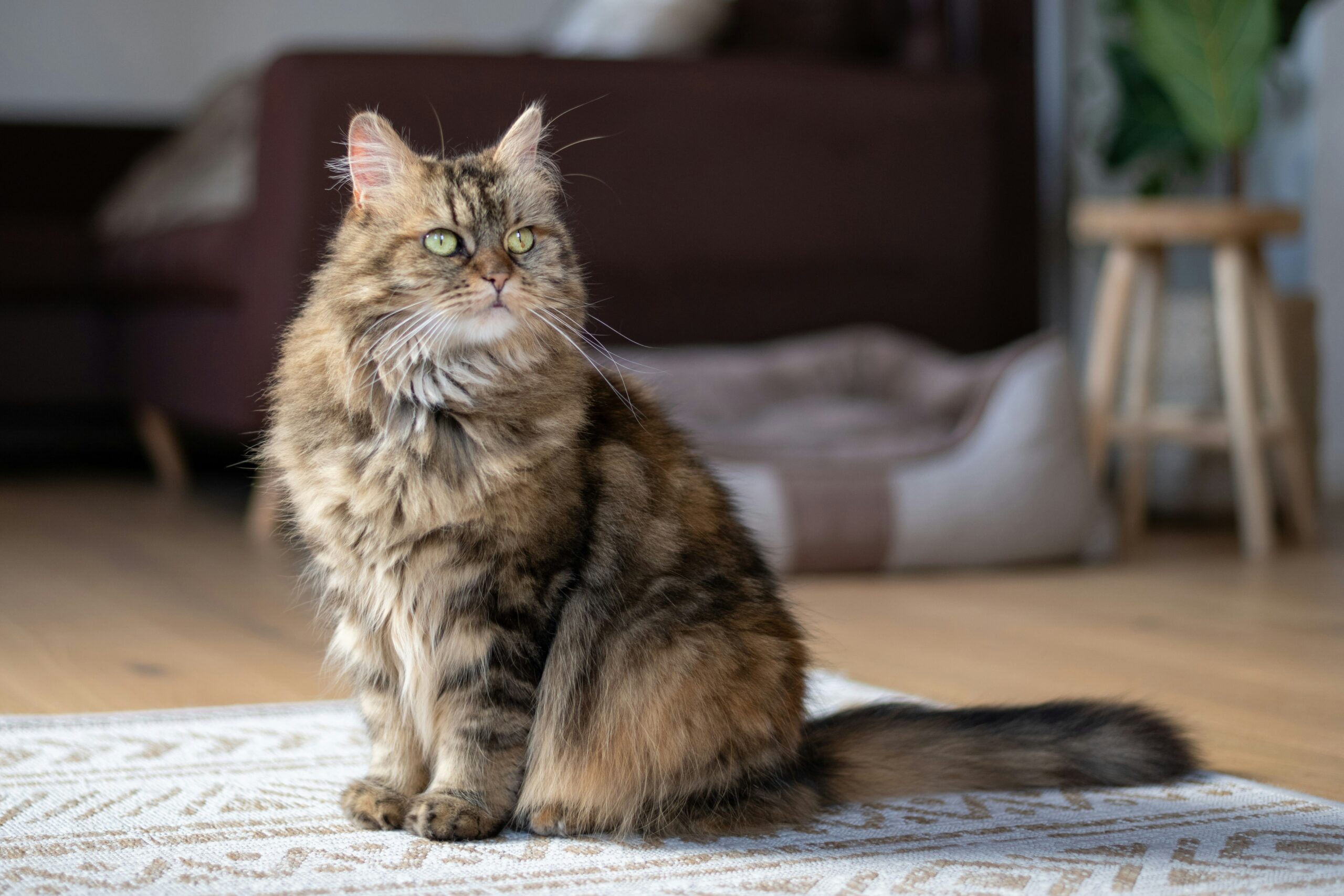
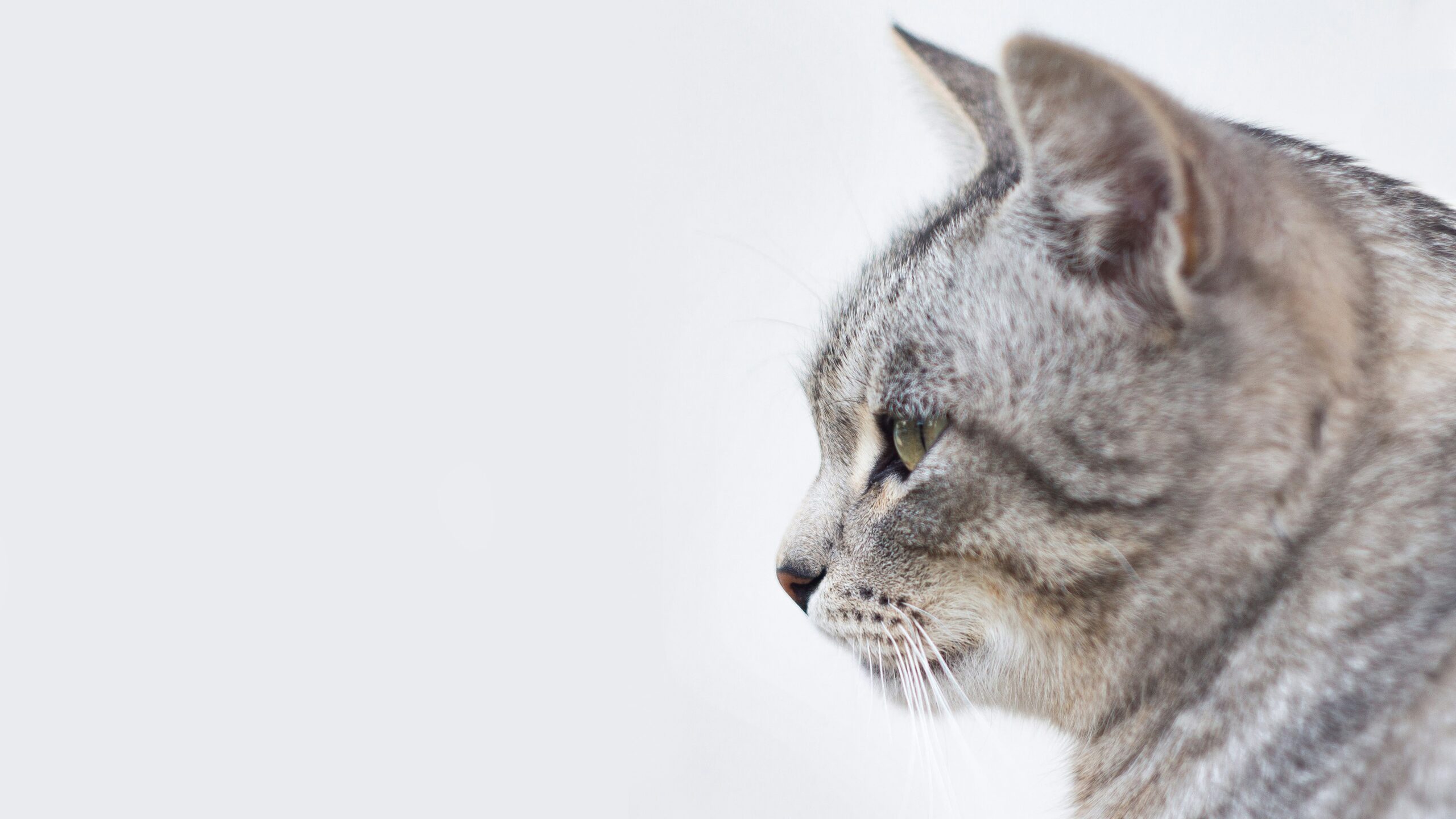
Leave a Reply